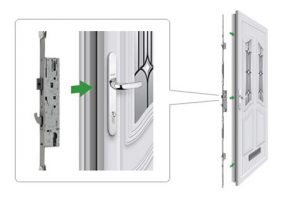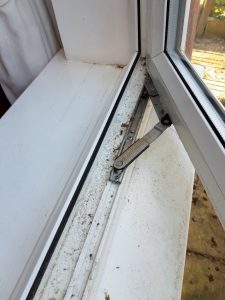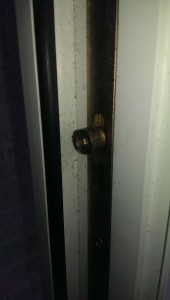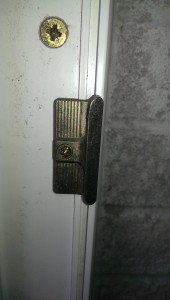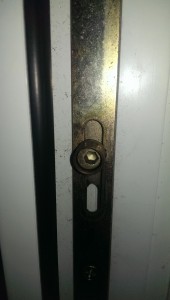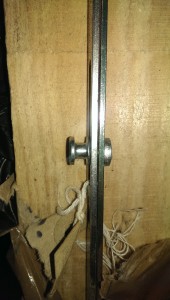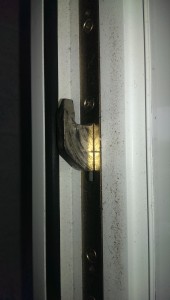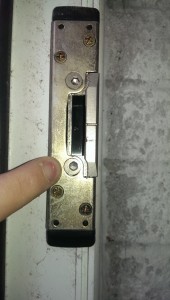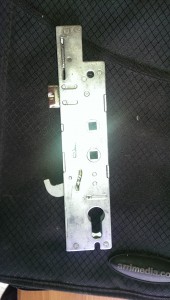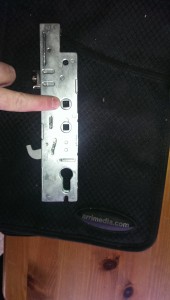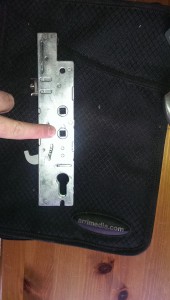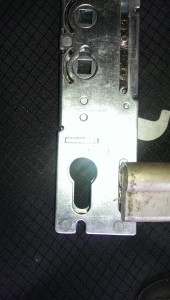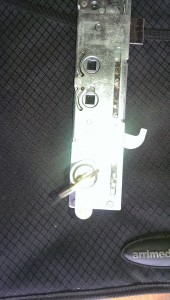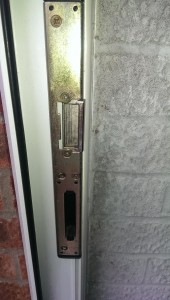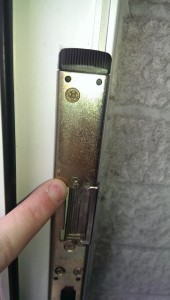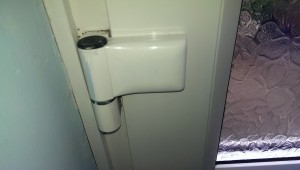Maintaining Multipoint Locking Doors
Maintaining Multipoint Locking Doors
Ensure the Longevity and Security of Your Doors
Multipoint locking doors are increasingly popular in homes and commercial properties due to their superior security features. With locks engaging at multiple points along the frame, these doors offer enhanced protection from break-ins and better sealing against external elements. However, like any mechanical system, they require regular maintenance to ensure optimal performance and longevity. Below is a thorough guide on how to maintain these complex yet valuable systems.
Understanding Multipoint Locking Systems
Before delving into maintenance tips, it’s essential to understand what a multipoint locking system entails. These systems typically feature three or more locking points, which simultaneously engage when the door handle is lifted or turned. The locking points often include the main latch, deadbolt, and additional hooks or bolts along the edge of the door.
Why Maintenance Matters
Multipoint locking systems are key to your door’s security and efficiency. Proper maintenance ensures:
- Consistent functionality: Prevent stiff mechanisms or misaligned locks that compromise security.
- Prolonged lifespan: Reduce wear and tear by addressing minor issues before they escalate.
- Enhanced energy efficiency: Maintain proper sealing to prevent drafts and energy loss.
Routine Maintenance Tips
1. Regular Cleaning
Dust and debris can accumulate inside the locking system, hindering smooth operation. To clean:
- Use a soft cloth to wipe down the exterior parts of the lock.
- For internal components, employ a dry brush or compressed air to remove dust.
- Avoid using water or harsh cleaning agents that could corrode metal components.
2. Lubrication
Proper lubrication is vital for keeping the locking mechanism smooth and functional.
- Apply a silicone-based lubricant or specialist lock lubricant to all moving parts, such as latches, hooks, and bolts.
- Avoid oil-based lubricants, as they can attract dirt and create a sticky residue.
- Conduct lubrication every six months or as needed, depending on use.
3. Inspect Alignment
Misalignment can cause difficulty in locking or closing the door. Check for:
- Uneven gaps between the door and frame when closed.
- Strain or resistance when engaging the locks.
If misalignment occurs:
- Adjust the strike plates on the frame using a screwdriver.
- Ensure the door hinges are tightened and properly aligned.
4. Check for Wear and Tear
Over time, components of the locking system may wear out. Inspect for:
- Cracks, rust, or deformities in the locking points.
- Loose screws or bolts in the assembly.
- Handle mechanisms that jiggle or feel unstable.
Replace damaged parts promptly to avoid compromising the entire system.
Advanced Maintenance Practices
1. Professional Inspection
While routine checks are beneficial, a professional locksmith or technician can perform a detailed inspection of your multipoint locking system. Annual inspections can:
- Identify hidden issues, such as internal wear or corrosion.
- Provide adjustments that require specialised tools or expertise.
2. Replacing Components
If your locking system shows signs of significant damage or is consistently malfunctioning, it may be time to replace individual components. This may include:
- Worn-out handles or levers.
- Damaged locks or strike plates.
- Hooks or bolts that no longer engage correctly.
Ensure replacements are compatible with your existing system to maintain effectiveness.
Best Practices for Long-Term Care
1. Avoid Excessive Force
Never force the door handle or locks if they resist movement. Doing so can cause damage to the internal components. Instead, investigate and resolve the issue.
2. Protect Against Moisture
Multipoint locking systems are susceptible to rust caused by moisture. Protect your locks by:
- Installing weatherstripping to minimise exposure to rain or humidity.
- Avoiding water-based cleaning methods.
- Applying anti-corrosion spray to exposed metal parts.
3. Use the Locks Regularly
Engage the locks frequently to ensure all components remain active and functional. Prolonged inactivity can lead to stiffness or mechanical failure.
Common Mistakes to Avoid
1. Neglecting Routine Checks
Skipping inspections can allow minor issues to worsen over time, leading to expensive repairs.
2. Using Incorrect Lubricants
Oil-based products can cause dirt buildup, reducing the efficiency of the locking mechanism.
3. Ignoring Signs of Damage
Failing to address visible wear or malfunction may compromise security and lead to system failure.
Conclusion
Multipoint locking doors provide unmatched security and efficiency, making them a valuable asset to your property. By implementing regular maintenance practices, such as cleaning, lubrication, alignment checks, and professional inspections, you can ensure the system operates smoothly for years to come. Avoid common mistakes and stay vigilant for signs of wear and tear—your diligence will pay off in improved safety, energy efficiency, and the longevity of your door system. Proper care is not just an investment in your security but also a guarantee of peace of mind.
Should you have any questions regarding the above, please do not hesitate to contact me.

